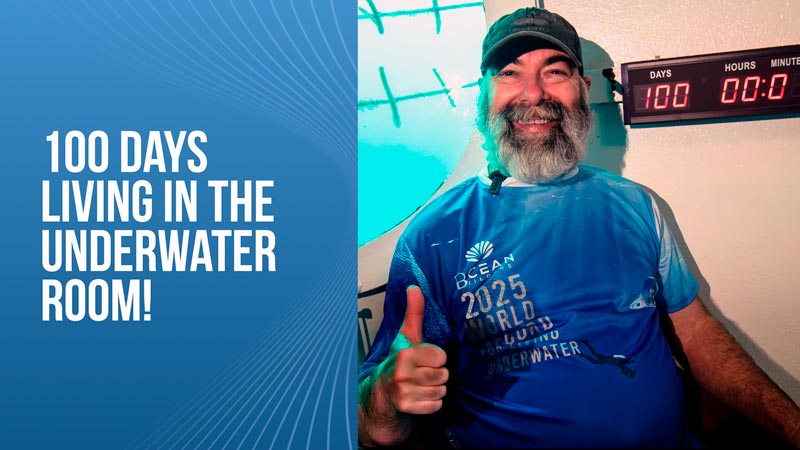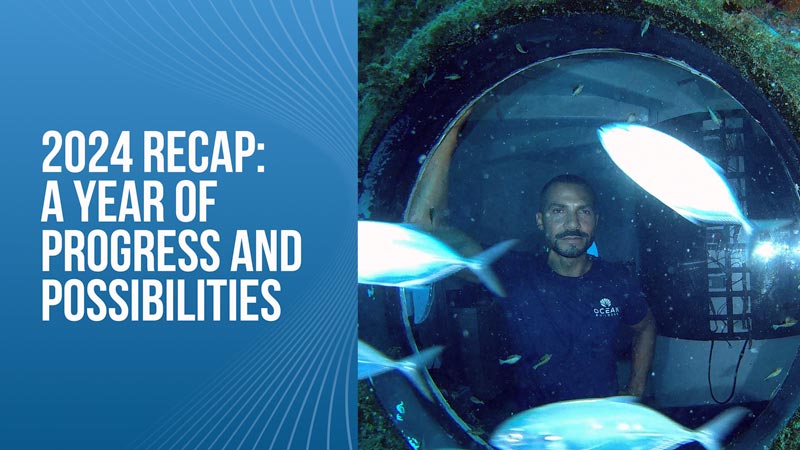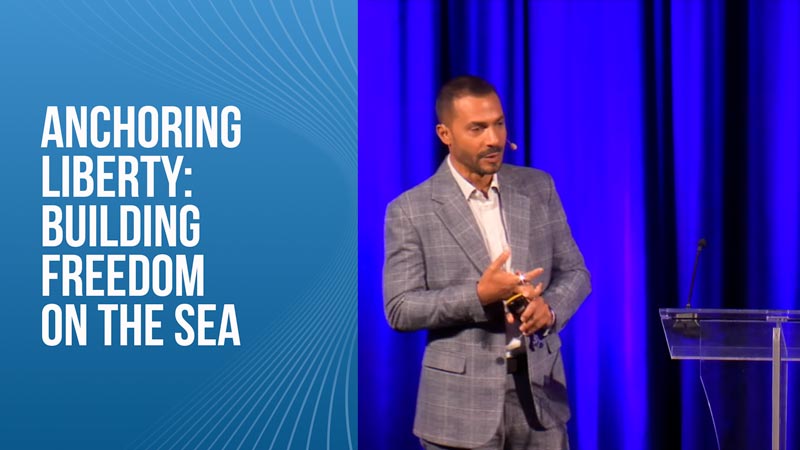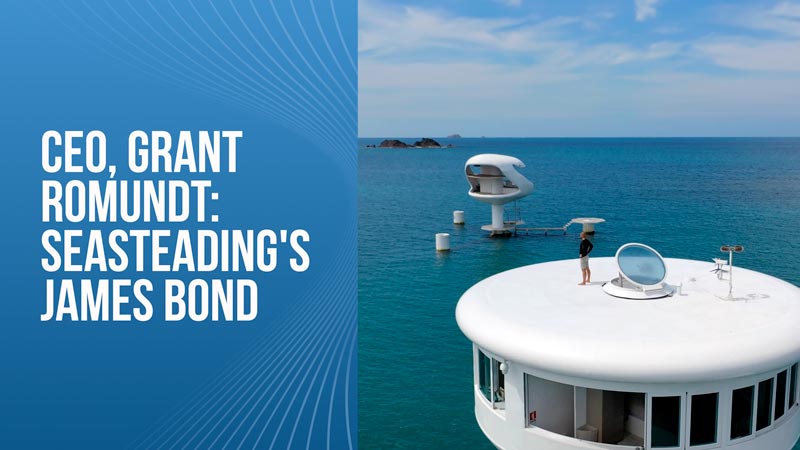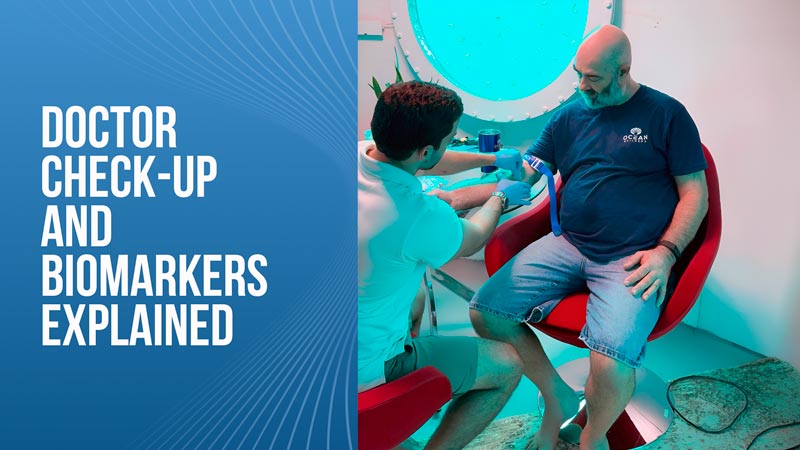
Rudy Koch, Chief Engineer at Ocean Builders, is undertaking a 120-day underwater living challenge, offering doctors a unique chance to study human adaptation to prolonged underwater habitation.
By tracking specific biomarkers, indicators of how the body responds to conditions and treatments.
This journey offers groundbreaking insights into epigenetics, biological age, and how our environment shapes the way we age. Here’s a closer look at the science behind the journey.
What is Epigenetics?
Epigenetics is the study of how our behaviors and environment can create changes in the way our genes operate. While the field is often associated with genetics, it goes beyond our DNA. The term “epigenetics” combines the Greek prefix “epi-” (meaning “above”) and “genetics,” suggesting it studies the mechanisms above our genome. Essentially, it reveals how life instructions, encoded in our DNA, are actively regulated by our body.
What are Biomarkers?
Biomarkers are measurable indicators that reveal how our body responds to different conditions. They’re essential tools in medicine and research, showing us how effectively our body responds to treatments, environmental factors, or lifestyle changes. In Rudy’s underwater challenge, biomarkers are tracked to monitor his health and examine the effects of prolonged underwater living on the human body.
Why Measure Biomarkers in the Underwater Challenge?
As Rudy attempts to live underwater for 120 days, the medical team is collecting biomarker data every 30 days to monitor any physiological changes. Initially planned for 101 days, this extended challenge requires a rigorous approach to health tracking, and that’s where biomarkers come in. Dr. Javier Garrido from the Regeneration Clinic in Panama, a specialist in longevity and anti-aging, leads these tests to ensure Rudy’s health remains stable.
By examining biomarkers, the team aims to:
– Monitor Rudy’s overall health: Keeping a close eye on Rudy’s well-being throughout the challenge.
– Collect data for future research: Valuable for understanding the long-term impacts of underwater living on human physiology.
Understanding Biological Age: Inside the OMICm and Symphony Age Tests
Aging is not solely about how many birthdays we’ve celebrated. Our biological age, influenced by lifestyle and environmental factors, can differ from our chronological age. Here’s where the OMICm Age and Symphony Age tests come in, developed with the help of cutting-edge research from Harvard.
1. OMICm Age Test:
This test assesses Rudy’s biological age by examining his epigenetic profile. At 58 years old, Rudy’s current OMICm age stands at 60, suggesting some aspects of his physiology may be aging faster than expected. This measure considers various factors from his genetic “clock,” and it’s crucial in understanding if prolonged underwater living impacts his aging rate.
2. Symphony Age Test:
This assessment offers another perspective, examining Rudy’s biological systems to pinpoint which areas are aging more slowly or quickly. Encouragingly, Rudy’s heart health aligns closely with his chronological age, suggesting resilience in his cardiovascular health.
3. DunedinPace of Aging:
The DunedinPace algorithm provides a unique metric: the rate at which Rudy is aging. According to the latest results, Rudy is aging at a rate of 0.94 years for every chronological year, meaning he’s aging slightly slower than the average. His steady commitment to exercise, even underwater with a pull-up bar and bike, likely contributes positively to this result.
A Glimpse into the Future of Aging and Longevity Research
While we don’t yet have conclusive data on how underwater living will impact Rudy’s overall health, his journey gives scientists and wellness professionals a novel perspective on the physiological effects of life at sea level. Garrido’s quarterly visits ensure regular monitoring, and at the end of the 120 days, a full report will reveal how this unique environment has influenced Rudy’s health, biological age, and overall well-being.
As we follow Rudy’s remarkable journey, we gain insight not only into the fascinating world of epigenetics and biomarkers but also into the potential future of ocean living. Each test and result brings us closer to understanding how human health can adapt to extraordinary environments, and possibly, how we can improve longevity and resilience in ways we’ve only just begun to explore.
Together, let’s imagine a future where the ocean is not just a place to visit but a place to live, protect, and call home.
For more information, follow the adventure on their social media channels:
Instagram: @ocean_builders
TikTok: @ocean_builders
X: @OceanBuilders
Facebook: Ocean Builders
YouTube: Ocean Builders Channel
And don’t forget to check out our LIVESTREAM !
